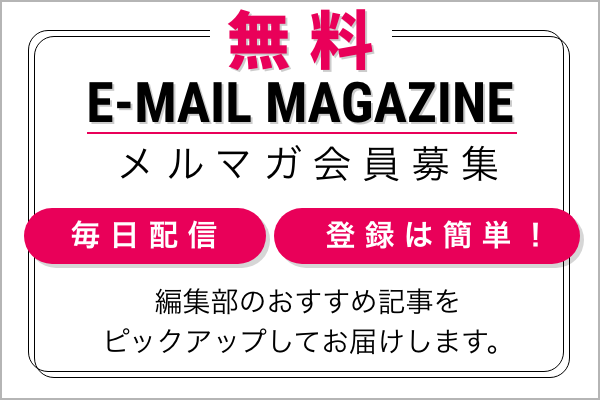
お正月は家族がそろっておせちを食べたり初詣に行ったり楽しい時期でもありますが、伝統的なお正月の過ごし方をご存じですか?「七草がゆ」や「鏡割り」など、英語で言うのがちょっと難しそうな日本の伝統文化も紹介します。
【問題】「お正月」を英語でどう説明する?
What does the New Year holiday season, oshogatsu, mean to Japanese people?
日本人にとってのお正月ってどんな存在?
これから紹介する伝統的なお正月の過ごし方を読んで、上の質問に簡潔に英語で答えてみましょう。
【問題】の回答例は記事の下にあります。
伝統的なお正月の日程
お正月には何をする?
The beginning of the New Year, oshogatsu, is one of the most important annual holidays for Japanese people. During oshogatsu, family members go back to their hometown and relatives gather together to celebrate the New Year. We prepare osechi-ryori ― food that is beautifully arranged in three lacquerware boxes and eaten on the first three days of the year. Osechi is an array of preserved food, the names of which signify good wishes for the family's health and prosperity. However, these days some people don't prepare these dishes at all or prepare them for just a day or so. There are many traditional customs we perform during oshogatsu. The easiest way to explain them may be by taking a look at a typical event schedule.
日本人にとって大切な年行事である新年の始まり、お正月。欧米のクリスマスのように、お正月には家族も帰省し、親戚一同が会する機会でもあり、皆で新しい年を祝います。漆塗りの三段重に美しく盛り付けられ、3日間食べられる保存食のおせち料理。それぞれが家族の繁栄や健康を願いの意味が含まれていますが、最近はおせちを用意しなかったり、1日分だけにしたりという人たちも見られます。お正月に行う儀式は数々あります。お正月の一般的な行事日程の流れを見てみましょう。
1月1日
元日 ganjitsu, New Year‘s Day
January 1st is a national holiday. People make their first visit of the year to shrines, and visit their relatives to exchange customary New Year's greetings. Many people put on kimono to go out. Family members get together and play games, such as sugoroku, board games, the make-a-face-game known as fukuwarai, and so on. In the past, people used to enjoy paper craft games and hanetsuki, a game like badminton where two people hit a tiny ball with a small wooden bat. However, nowadays it seems like computer console games are more popular. Usually people receive nenga-jyo, special New Year's greeting postcards, on this day, too.
1月1日は国民の休日です。初詣に出かけたり、親類の家に挨拶に回ったり、着物を着る姿も多く見られます。たくさんの家族が集まって、サイコロを投げて駒を進める双六や、顔を作る福笑いなどをします。かつては、こうした紙でできたゲームで遊んだり、バドミントンのように2人で羽根つきをしたりする姿が見られましたが、最近はテレビゲームが全盛のようです。通常は年賀状もこの日に受け取ります。
1月2日
書き初め kakizome, writing the first calligraphy of the year
Kakizome is an event where the first calligraphy of the year is written with a brush, while facing an auspicious direction, and is usually held on January 2nd. Japanese people write their New Year's resolution, or a Chinese character that makes them feel happy, such as “dream,” “hope” and so on.
書き初めは、年が明けて初めて毛筆でその年の吉の方向に向かって文字を書く行事。本来1月2日に行い、多くは、新年の抱負や「夢」「希望」など幸せを感じさせる漢字を書くようです。
1月1日~3日
三が日 from January 1st to 3rd, sanganichi, the first three days of the New Year
During sanganichi, many companies and schools have holidays. However, department stores and shops are usually open and crowded with customers because of the first sales of the year, hatsu-uri.
お正月の3日間は、会社も学校も休みがほとんど。でもデパートや商店街は開店して、“初売り”などのために大勢のお客さんでにぎわいます。
1月7日
七草がゆ nanakusa-gayu, eating porridge with seven herbs
People eat rice porridge prepared with the seven herbs of spring. They wish for good health throughout the year and, having previously eaten too much osechi and too many rice cakes, give their stomach a rest at the same time.
7種の春の薬草の入った粥を食べて1年の無病息災を祈り、おせち料理や餅など、食べ過ぎた胃を休めます。
1月11日
鏡割り kagamiwari, putting away the decorated rice cakes
People are definitely getting out of the mood of oshogatsu by mid-January. They take down the round rice cakes used for New Year's displays and eat them, typically dipping them in sweet aduki bean soup or something similar. (Actually, the rice cake has often already gone moldy by this time.
いよいよお正月気分も抜けきる1月半ば、正月飾りのひとつ、丸餅を重ねた鏡餅を割って、甘い小豆汁などにつけて食べます。(この頃には、実は餅にかびが生えていたりもしますが。)
【回答例】お正月は何をする?
Oshogatsu is one of the most important events of the year for Japanese people. During oshogatsu, family members go back to their hometown and gather together with relatives, to celebrate the New Year. It's the equivalent of the Christmas holiday season in western countries.
お正月は日本人にとって大切な年間行事の一つで、実家に帰省したり、親戚一同が会したりして、新年を祝います。欧米の(クリスマス)ホリデーシーズンのようなものです。
※2017年1月1日公開、2024年1月4日更新。





